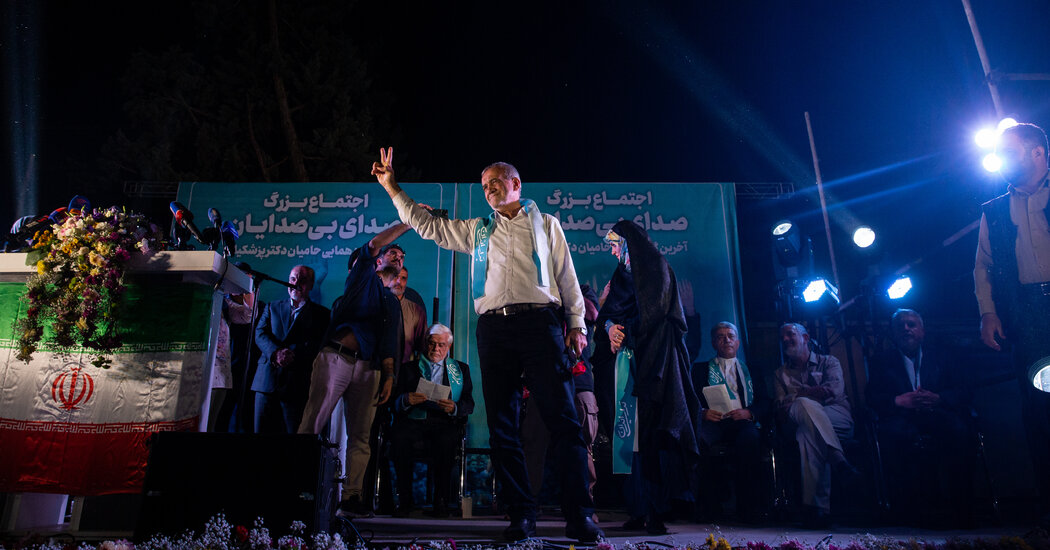4 Takeaways From Iran’s Presidential Runoff

The victory of reformist candidate Masoud Pezeshkian in Iran’s presidential runoff signals a shift from the government of Ebrahim Raisi, a conservative Shiite Muslim cleric and the preceding president who was killed in a helicopter crash in May.
Mr. Pezeshkian, a 69-year-old cardiac surgeon who served as a lawmaker in previous reformist governments and as health minister, beat the hard-line conservative candidate Saeed Jalili in Friday’s runoff, the government announced on Saturday.
Here are the most important takeaways from the election.
A stark choice spurred higher voter turnout
The runoff presented a political choice stark enough to galvanize Iranians who had boycotted the first round of elections. Turnout in the first round was about 40 percent, continuing a downward trend seen in recent parliamentary elections. Faced with candidates who represented radically different visions for Iran’s future, many voters who had stayed away from the polls during the first round decided to cast their ballots in the runoff.
When voting closed on Friday, turnout had increased by nearly 10 percentage points, to 49.8 percent, according to state media. Mr. Pezeshkian’s campaign slogan, “save Iran,” seems to have resonated with those who wanted change, albeit incremental change in a restricted political and social environment.
Iran’s government also led a public campaign to spur voters.
While the supreme leader, Ayatollah Ali Khamenei, maintains ultimate control of Iran, elections provide a veneer of legitimacy for the country’s authoritarian theocracy.